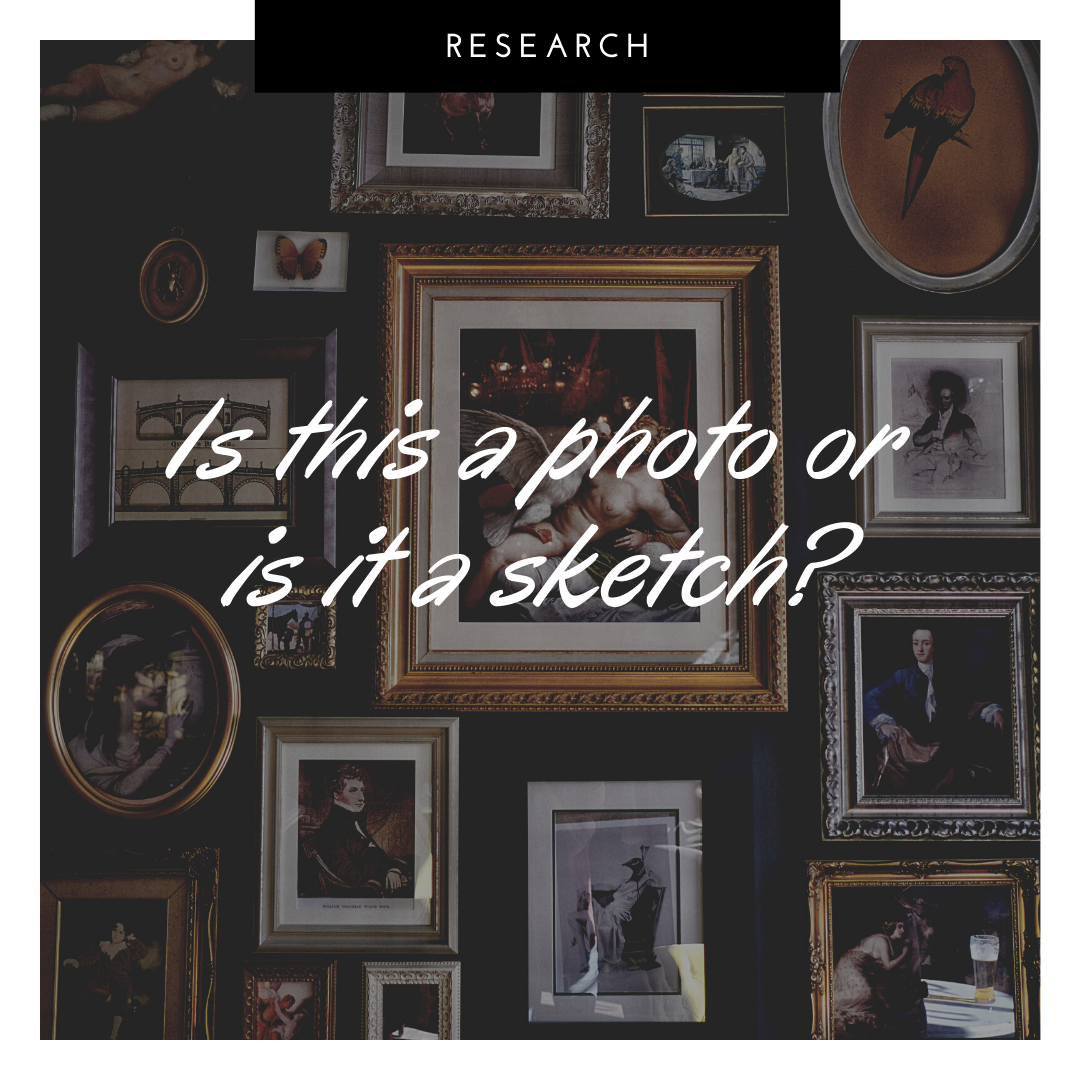For as long as I can remember, there’s been a large oval portrait hanging in my grandmother’s house. They’ve always had a number of photos up and this one blended in a bit. I had a general idea that it was someone’s grandmother, but just like the Chinese scrolls and the Disneyland silhouettes of my mother and her sisters, the portrait faded into the comfortable chaos that was my grandparents’ home.

Finally, as an adult, I asked my grandma who exactly the portrait was of. It turns out that it’s a portrait of my grandmother’s grandmother (her father’s mother), who is also the woman who raised my grandma. I realized that I had probably forgotten this because it was impossible to reconcile the mental picture I had of Yee See, a tiny raisin of a stern-faced lady, with the beautiful young woman staring back from the oval frame.
At home, doing my genealogical research, I started to think about Yee See. How was it that we had this large portrait of her, a Chinese immigrant storekeeper’s wife who came into this country before the 20th century? Had someone paid to have this done later in her life? Was this really my great-great-grandmother?
So, on this last trip, I took the portrait off the wall for a closer look and immediately realized two things.
One: the glass in the frame is curved outward and the photo behind it seems to be curved as well.
Two: the photo doesn’t look like a photo at all because when you really look at it there are tiny sketch marks.

What was this about? As weird as it was for a storekeeper’s Chinese wife to have a large portrait done, it now seemed weirder that the portrait would be in artisan glass and that it could actually be a piece of art that she sat for. After all, no family legend has said anything about my great-great-grandfather’s artistic ability, so the thought that he sat down to sketch his wife was pretty impossible. So where had this come from and why was it this weird shape and why on earth wasn’t it a photo??
It turns out that this type of portrait is a Convex Oval style portrait (occasionally referred to as a bubble frame portrait by antique dealers) and they were all the rage from 1880-1920. You can tell a “true” portrait from this time period two ways. One, the portrait itself will be curved against the glass, which means if the glass breaks or you take the portrait out it will be impossible to frame it in a regular frame. This was accomplished by mounting the wet image in a certain kind of press so that it fit the glass…an art that gave both the illusion of more depth and also the requirement that the customer shell out for the fancy curved frame that would fit the image they just bought.
Luckily, there are dealers to sell replacement glass and you can even find restoration artists to help you reproduce these portraits to make more (flat) copies if multiple relatives want the portrait. I do not, however, recommend that you remove the image yourself as the paper is likely to be very brittle and it’s not meant to be removed. That’s something you should leave to the experts if you want it restored.
The second way to tell that it’s a Convex Oval style portrait is that the portrait itself will have some sketching on it. It turns out that these are photographs, but the process resulted in a very weak image and the photographers corrected this by going over the photograph with a bit of charcoal before framing (and then charged extra for their artistic enhancement). For this reason, these portraits have a very soft look about them and we have to wonder a little about their photographic accuracy since an artist could easily make lips a little bit fuller or fail to sketch in a random blemish.
So, having solved the mystery of the curved glass sketch of my great-great-grandmother, I was satisfied in knowing that this was most likely a portrait of her and that I could tell exactly how the portrait was made, but it’s raised a number of other genealogical mysteries that I’ve added to my list:
- How is it that she had the disposable resources to have a portrait like this done when she was an immigrant and wife to the clerk of a small store in a fishing village…particularly if the portrait was taken in her early twenties as it would appear?
- Why, when so many Chinese immigrants actively avoided having their photograph taken, did she have a portrait done at all? Why didn’t she hold to the traditional belief that photography might threaten her soul as it seemed most of her contemporaries in San Francisco would have believed?
- Who took this portrait? Were they photographing many Chinese women or is this portrait a rarity in a sea of Caucasian faces?
I’m telling you, this is the good stuff about genealogy. Solve one mystery, receive three more.


